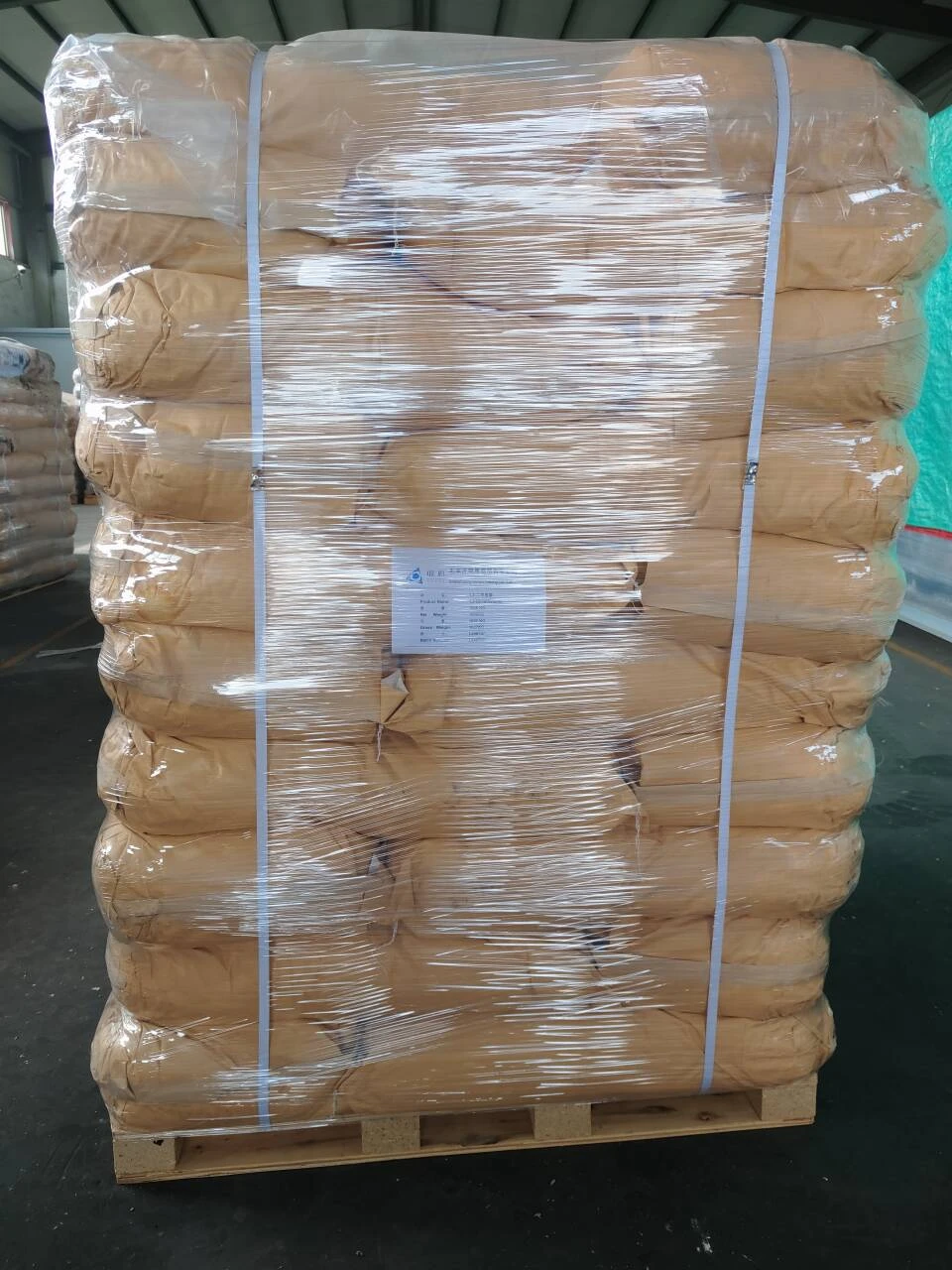The Role of Chemicals in Reverse Osmosis Treatment
Reverse osmosis (RO) is a widely used water purification technology that plays a crucial role in providing clean drinking water and treating wastewater. This process employs a semi-permeable membrane to remove contaminants from water, effectively filtering out impurities such as salts, minerals, and other dissolved solids. While the mechanics of reverse osmosis are fundamentally physical, the treatment often involves the use of various chemicals to enhance its efficiency, stabilize the membrane, and ensure the longevity of the system. In this article, we will explore the types of chemicals involved in reverse osmosis treatment and their specific functions.
Antiscalants
One of the primary concerns in reverse osmosis systems is the formation of scale, which is primarily caused by the precipitation of dissolved salts that occur when water is concentrated on the membrane side. Antiscalant chemicals are added to the feed water to prevent scale formation. These chemicals work by interfering with the crystallization process of scaling compounds, such as calcium carbonate and magnesium sulfate, keeping them in a soluble form and reducing their tendency to deposit on membranes. The use of antiscalants not only prolongs the life of the RO membrane but also improves the overall efficiency of the treatment process.
Cleaning Chemicals
Despite preventive measures, membranes can still become fouled by organic matter, silt, and biological growth over time. Cleaning chemicals are employed to restore membrane performance, typically by utilizing acidic or alkaline solutions that break down foulants and facilitate their removal. Common cleaning agents include sodium hydroxide, citric acid, and hydrogen peroxide. Regular cleaning cycles are essential in maintaining the efficiency of the RO system and ensuring the quality of produced water meets required standards.
pH Adjusters
reverse osmosis treatment chemicals

The pH level of feed water can significantly impact the performance of reverse osmosis membranes and the overall treatment process. Certain membranes perform optimally within a specific pH range. Therefore, pH adjusters such as sulfuric acid (to decrease pH) or sodium hydroxide (to increase pH) are added to the feed water to ensure optimal conditions are maintained. Proper pH levels can enhance the rejection rates of specific ions and minimize membrane fouling, thus improving the overall efficiency of the system.
Biocides and Disinfectants
Microbial growth on membranes can lead to biofouling, which significantly impairs the efficiency of reverse osmosis systems. The use of biocides, such as sodium hypochlorite or chlorine dioxide, helps control microbial populations and maintain the integrity of the RO system. However, care must be taken when using these chemicals, as they can also damage certain types of membranes. Consequently, the choice of biocide and the timing of its application are critical to balancing efficacy with material compatibility.
Post-Treatment Chemicals
After the reverse osmosis process, the water often requires post-treatment to further enhance its quality. Common post-treatment chemicals include remineralization agents, such as calcium carbonate or magnesium hydroxide, which are added to restore essential minerals removed during the RO process. This step is crucial not only for improving taste but also for ensuring the water is safe for consumption by preventing corrosion in plumbing systems.
Conclusion
In summary, the role of chemicals in reverse osmosis treatment is indispensable. From preventing scaling and fouling to facilitating effective cleaning and ensuring optimal water quality, these chemicals enhance the performance and longevity of reverse osmosis systems. As the demand for clean water continues to rise, understanding and effectively managing these treatment chemicals will remain vital for achieving sustainable water purification solutions.

